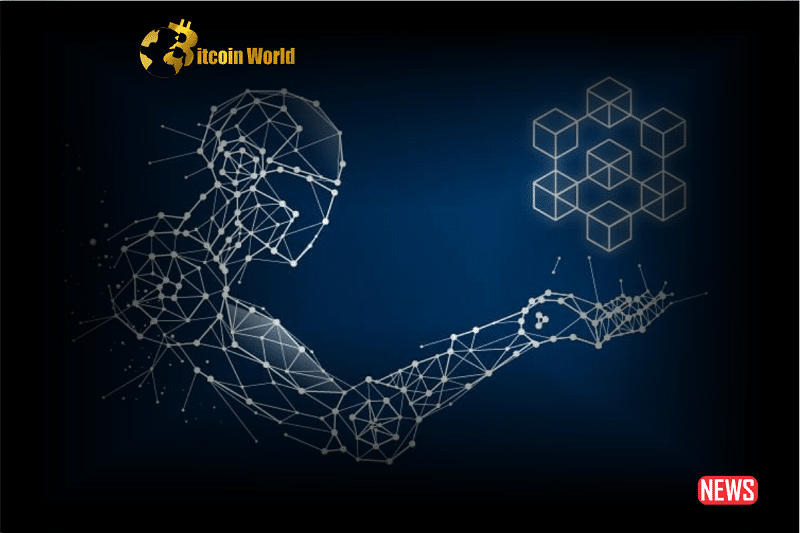Over the past decade, two groundbreaking innovations, artificial intelligence (AI) and blockchain technology, have been major drivers of change across various sectors, including finance and supply chain management. Now, the convergence of these two cutting-edge technologies holds immense potential for unlocking even more possibilities in the crypto industry.
Despite being relatively new, the use of AI in the crypto industry is showing promising signs of growth. Experts predict that the blockchain AI market could reach a valuation of US$980 million by 2030. Let’s explore the potential applications of AI in the blockchain space and how they can bolster the crypto industry’s adoption in mainstream finance.
Enhanced Cybersecurity and Fraud Detection
One of the significant benefits of integrating AI into blockchain technology is bolstering the security of transactions and creating more robust payment systems. AI algorithms can analyze transaction patterns and data, preemptively detecting and preventing fraudulent activities on the blockchain. Moreover, AI’s machine learning capabilities can enhance transaction privacy by identifying potential data theft attempts and unauthorized access to user accounts. This enables businesses to deploy proactive security measures and real-time protection against suspicious activities.
Examples of successful AI implementations include the crypto-tracking platform Scorechain, which utilized artificial intelligence to improve its anti-money laundering transaction monitoring software, and CipherTrace, a blockchain security project of Mastercard, that adopted AI to assess the riskiness of various crypto merchants based on their activities.
Efficient Data Analysis and Business Optimization
Combining AI with blockchain’s transparent and immutable nature provides businesses with rapid access to accurate information. AI-powered algorithms can process vast amounts of data from blockchain networks in real time, spotting patterns that human analysts might miss. This valuable insight can support business operations, streamline supply chain management, automate financial processes, and ensure authenticity and transparency in product tracking.
IBM’s blockchain-based platform for tracking food manufacturing and supply chain logistics is a testament to how AI can enhance business practices, reduce costs, and improve efficiency while ensuring the quality of goods and services.
Empowering Decentralized Finance and Web3
AI’s natural language processing capabilities can simplify the creation of smart contracts, reducing complexity and errors while accelerating the development of decentralized applications. Moreover, AI can optimize user experiences in Web3 marketplaces by providing personalized recommendations, employing chatbots for customer service, and facilitating secure transactions through blockchain technology.
Examples like the integration of AI and crypto by French luxury goods giant Kering illustrate how this fusion can revolutionize user interactions and enhance the appeal of DeFi and Web3 to new users.
As AI implementation in the crypto industry continues to evolve, the possibilities for this harmonious relationship are endless. From transforming DeFi and Web3 to enhancing traditional business practices, the synergy of AI and blockchain promises a bright future for the crypto industry. In the coming months and years, we can anticipate further developments and groundbreaking advancements arising from this powerful union.














